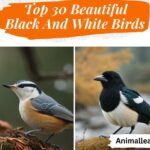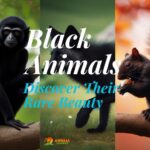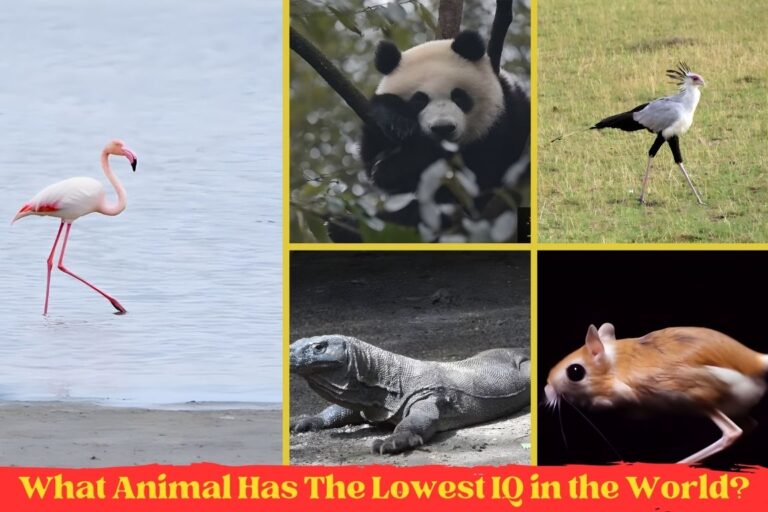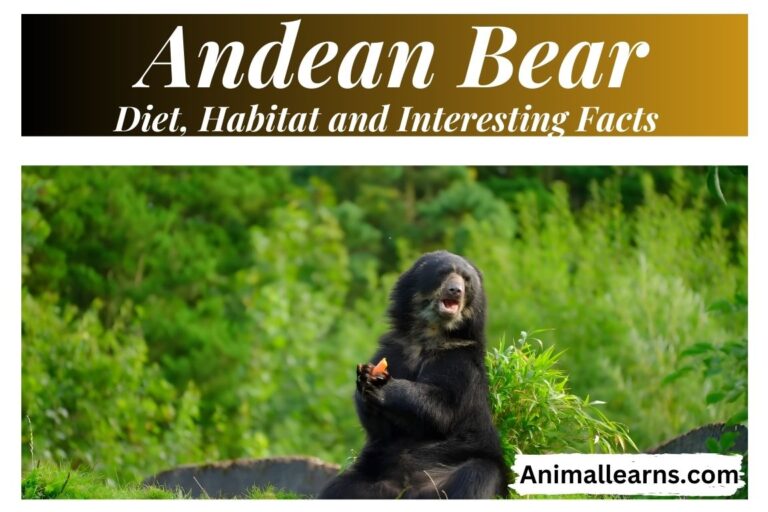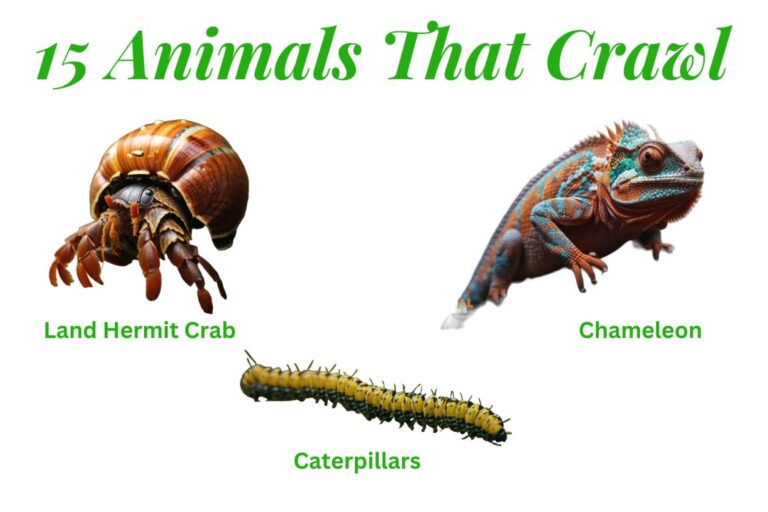15 Amazing Orange Animals: Nature’s Bright Shades

Orange animals feature a vibrant hue symbolizing exuberance, energy, and youth in the animal kingdom. It is situated at the intersection of the fun yellow and the mysterious red, giving off a dazzling radiance and a mysterious aura.
The wide range of orange colors that we see around us today comes from different combinations of red and yellow. Each orange hue has its own distinct energy and personality due to the dominance of one over the other.
A captivating symphony of colors comes together in the wild as vibrant orange animals coexist harmoniously with deep black animals, white animals, and graceful blue animals.
In this article, our focus shifts to the captivating realm of orange in the animal kingdom. Numerous species exhibit this remarkable color, ranging from colorful insects and birds to magnificent tigers.
Each presents a different angle on the significant influence that color has in these extraordinary people’s lives.
The Fascinating World of Orange Animals
Contents
The world of animals boasts a diverse palette of colors, and among them, orange animals hold a special place.
From the majestic tiger with its iconic orange coat adorned with bold black stripes to the playful orangutan, whose reddish-orange fur is a true spectacle, the animal kingdom features numerous captivating orange animals.
These creatures display a unique blend of colors, each with its own charm and significance. Whether you’re exploring the vibrant world of orange animals in nature, or even encountering them in the pixelated realm of Minecraft, these distinctive creatures leave an indelible mark.
Orange Animals
- Orange Tabby Cat
- Orangutan
- Golden Lion Tamarin
- Tiger
- Giraffe
- Fox
- Cheetah
- Monarch Butterfly
- Goldfish
- Koi Fish
- Red Panda
- Orange Baboon Tarantula
- Cock-of-the-Rock
- Painted Bat
- Red Slug
The Orange Tabby Cat

| Information | Details |
| Scientific Name | Felis catus |
| Size | Medium (about 9-10 inches in height) |
| Weight | 7-13 pounds |
| Color | Various shades of orange |
| Diet | Carnivorous, mainly feeds on meat |
| Location | Domesticated worldwide |
The Orange Tabby Cat is a popular domestic feline known for its distinctive orange fur, making it one of the beloved “orange animals. This breed’s gorgeous orange fur is generally marked by a dramatic pattern play.
Genetic interaction contributes to its charming look in addition to aesthetic considerations. These cats have gained a special place in the hearts of cat lovers all around the world because of their unusual mottled hair.
Because of their vivid orange coats, orange tabby cats have gained popularity as a subject of research and appreciation for both academics and cat enthusiasts.
The Orangutan

| Information | Details |
| Scientific Name | Pongo pygmaeus (Bornean) |
| Pongo abelii (Sumatran) | |
| Size | Large (males can reach up to 5.6 feet) |
| Weight | 66-220 pounds (depending on species) |
| Color | Reddish-brown or orange fur |
| Diet | Primarily frugivorous, with some insects |
| Location | Borneo and Sumatra (in the wild) |
Belonging to the Pongo genus, orangutans are some of the most fascinating animals on Earth. Due to their reddish-orange hair, these great apes are known for having an almost royal appearance in their lush forest settings.
Their vivid orange coat is a remarkable visual characteristic that illustrates the diversity of primates on Earth. Because of their intellect and kind nature, orangutans have drawn a lot of attention from scientists, environmentalists, and amateurs who are interested in learning more about the secrets of the animal kingdom.
Golden Lion Tamarin
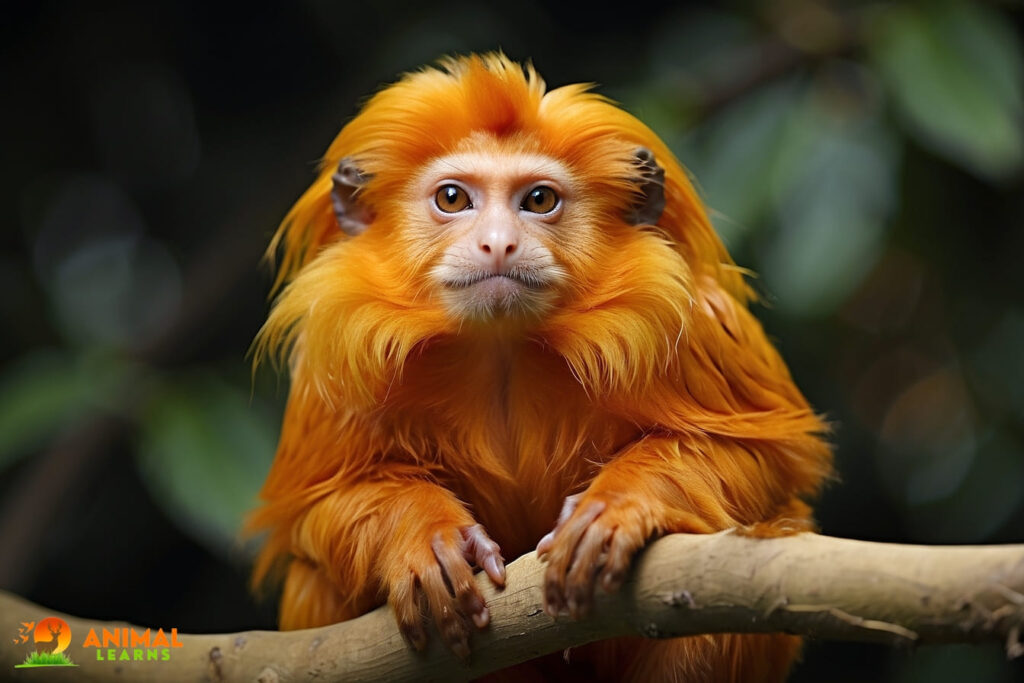
| Information | Details |
| Scientific Name | Leontopithecus rosalia |
| Size | Small (about 8-10 inches in length) |
| Weight | 1-1.5 pounds |
| Color | Bright orange fur with a golden mane |
| Diet | Omnivorous, feeding on fruits, insects, etc. |
| Location | Atlantic coastal forests in Brazil |
The Golden Lion Tamarin, one of the captivating orange animals, is a critically endangered primate native to the Atlantic coastal forests of Brazil. Known by its scientific name, Leontopithecus rosalia, this incredibly stunning indigenous to Brazil’s jungles is quite majestic.
Because of their bright, flaming orange coats, these little primates are called “golden.” Their presence is striking from an aesthetic and ecological perspective, as they are a keystone species in their delicate habitat.
Golden lion tamarin conservation efforts are extremely important, and environmentalists continue to monitor these endearing creatures in an effort to maintain their essential place in the food chain.
The Tiger

| Information | Details |
| Scientific Name | Panthera tigris |
| Size | Large (males can reach up to 12.1 feet) |
| Weight | 200-675 pounds (depending on subspecies) |
| Color | Orange coat with black stripes |
| Diet | Carnivorous, preying on various mammals |
| Location | Various habitats across Asia |
Known by scientists as Panthera tigris, the tiger is an apex predator with an amazing and instantly identifiable look. Tigers are among the most recognizable animals on Earth because of their unusual orange coat with striking black stripes.
Because they are charismatic megafauna, they have a prominent position in studies of biodiversity, and conservationists work hard to preserve their rapidly disappearing habitats.
Giraffe
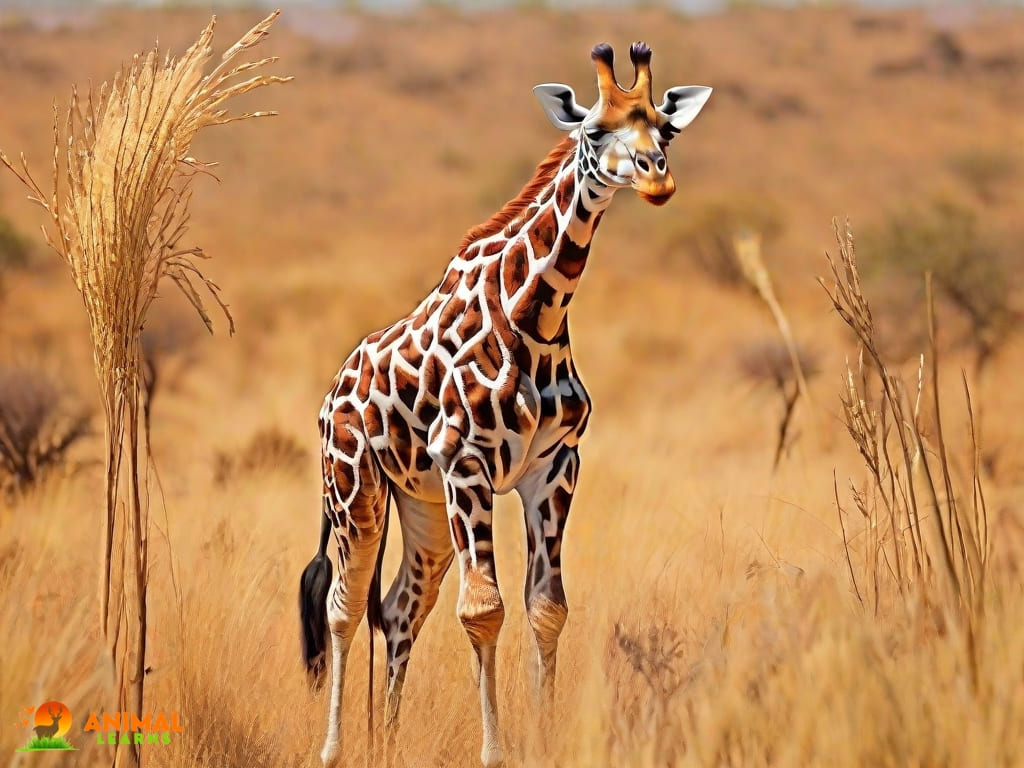
| Information | Details |
| Scientific Name | Giraffa camelopardalis |
| Size | Very large (up to 18 feet tall) |
| Weight | 1,600-3,000 pounds |
| Color | Orange-brown patches on a yellow background |
| Diet | Herbivorous, primarily feeding on leaves |
| Location | Sub-Saharan Africa |
The giraffe, also known as Giraffa camelopardalis, is the tallest land mammal on Earth. Its amazing coat is a work of nature with its unique patterns.
The look of a giraffe is as intriguing as it is practical, despite its normal colors being a remarkable combination of orange-brown dots on a light backdrop.
The characteristic orange spots have a thermoregulatory purpose, which helps to control body temperature. Because of their unusual adaptations and social habits, these amazing species continue to pique the interest of scientists studying animal behavior and ecology.
The Fox
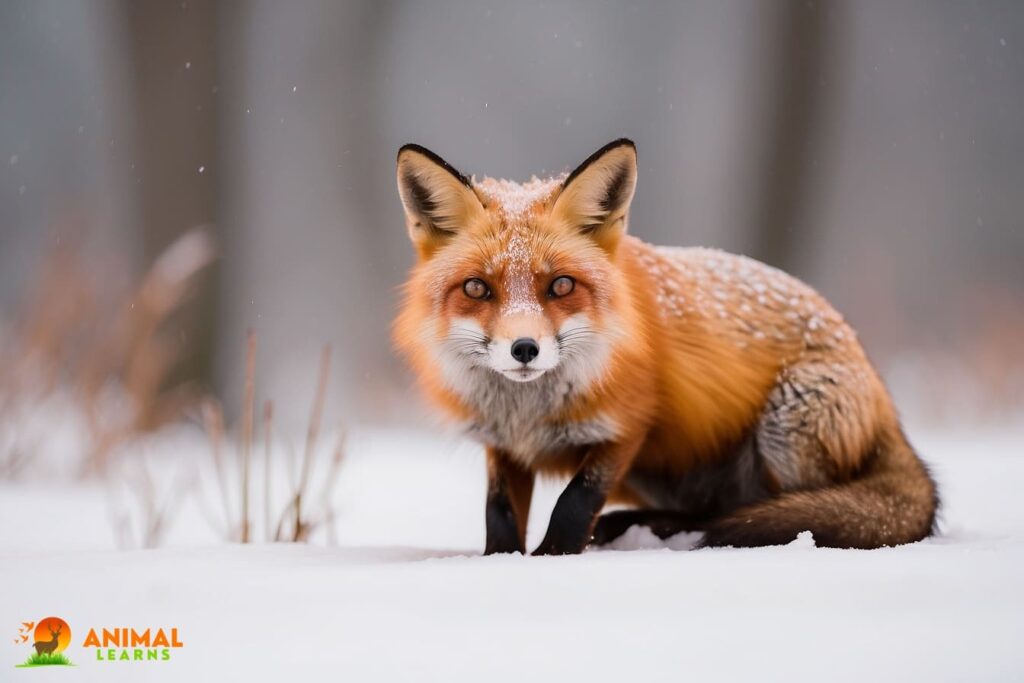
| Information | Details |
| Scientific Name | Vulpes vulpes (Red Fox) |
| Size | Medium (about 14-20 inches in height) |
| Weight | 8-14 pounds |
| Color | Reddish-orange fur (varies by region) |
| Diet | Omnivorous, consuming small mammals, plants |
| Location | Various habitats worldwide |
The Vulpes genus includes a variety of canids, some of which, like the red fox (Vulpes vulpes), have orange fur. These crafty animals have an eye-catching orange coat, which adds to the mystery surrounding this wise and clever species.
Because of their essential functions in many ecosystems, foxes are important study animals for trophic dynamics and predator-prey interactions.
Ecologists and wildlife lovers are interested in the ecological relevance of the red fox and its adaptive abilities.
Cheetah
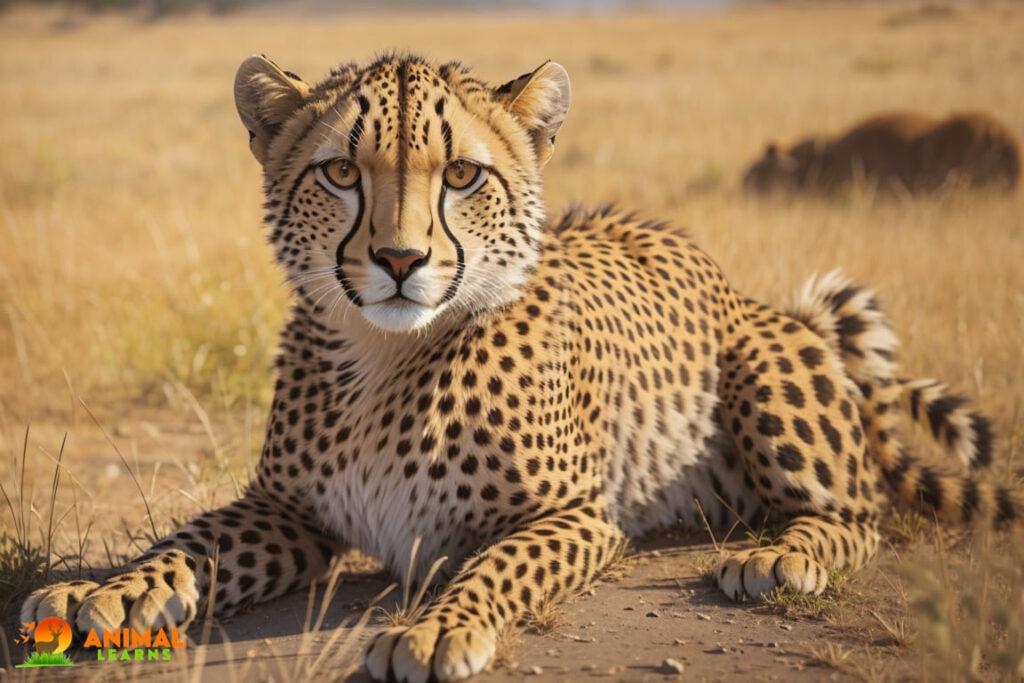
| Information | Details |
| Scientific Name | Acinonyx jubatus |
| Size | Medium (about 28-35 inches in height) |
| Weight | 110-140 pounds |
| Color | Tan to orange coat with black spots |
| Diet | Carnivorous, mainly hunting small ungulates |
| Location | Africa and parts of Iran |
The cheetah, a magnificent member of the big cat family, is one of the fastest “orange animals” on Earth. One of the most recognizable large cats is the cheetah, which has a tan to orange coat with characteristic black markings.
Their amazing speed and agility, along with their appealing look, have biologists and zoologists deeply fascinated with them.
Research on cheetahs explores a range of topics, such as their unique ways of hunting, mating habits, and need for conservation.
The Monarch Butterfly

| Information | Details |
| Scientific Name | Danaus plexippus |
| Size | Wingspan of about 3.7-4.1 inches |
| Weight | Very light due to its size |
| Color | Striking orange and black wings |
| Diet | Herbivorous, feeding on milkweed nectar |
| Location | North and Central America |
Known by its scientific name, Danaus plexippus, the monarch butterfly represents elegance and transformation.
Due to their unappealing appearance, these tiny insects are well-known for their remarkable orange and black wings, which act as a warning to prospective predators.
For many years, scientists and naturalists have been fascinated by the migratory habits of monarch butterflies, which has prompted them to do a great deal of study on the butterflies’ life cycle, ecology, and migration patterns.
The study of monarch butterflies provides a wealth of knowledge on the biology and movement of insects.
The goldfish
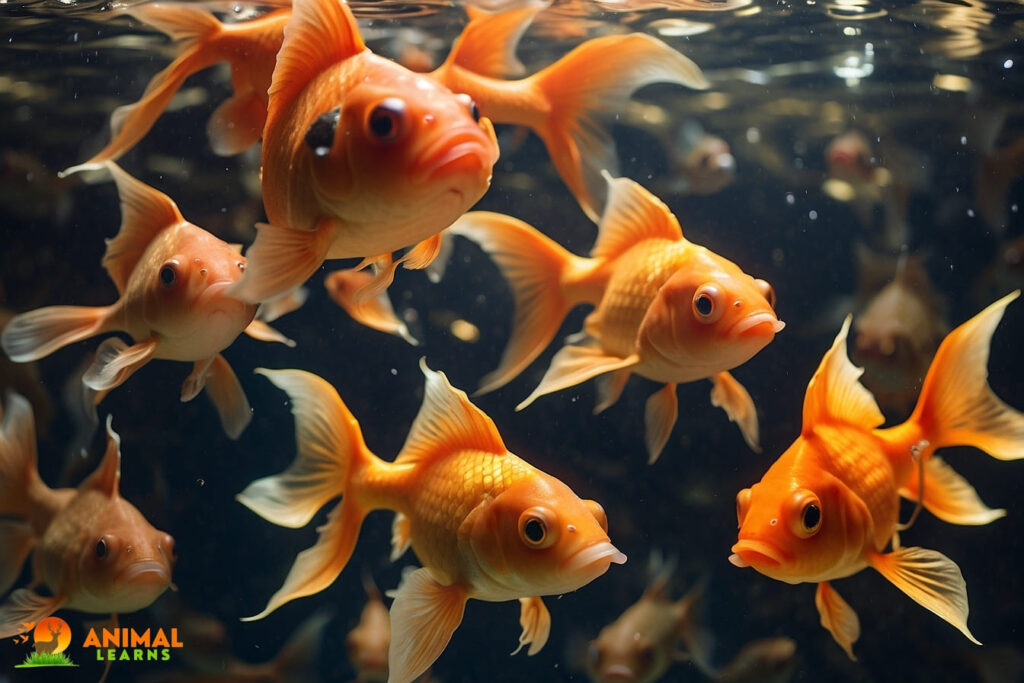
| Information | Details |
| Scientific Name | Carassius auratus |
| Size | Varies but often around 6-8 inches in length |
| Weight | 2-3 pounds (depends on age and care) |
| Color | Various shades of orange, gold, and red |
| Diet | Omnivorous, consuming aquatic plants, insects |
| Location | Originally from East Asia, now worldwide |
The goldfish, a popular pet, is a classic example of orange animals. For ages, the dazzling presence of goldfish, which belong to the Carassius auratus species, has adorned aquatic settings.
The vivid orange scales of these ornamental fish species, which have undergone selective breeding to achieve distinct hues, are frequently what set them apart.
Goldfish have long been cultivated and enjoyed as pets, and aquarists, ichthyologists, and geneticists are all still fascinated by the genetics underpinning their colors.
The Koi Fish
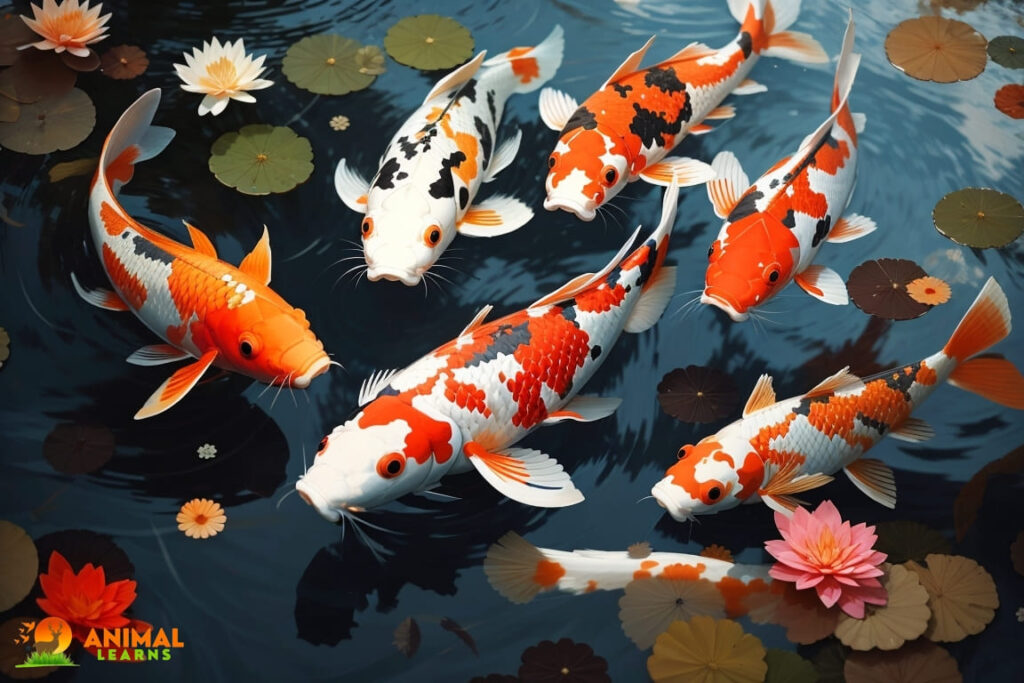
| Information | Details |
| Scientific Name | Cyprinus carpio |
| Size | Varies, can reach over 3 feet in length |
| Weight | 20-35 pounds (depending on age and care) |
| Color | Vibrant colors including shades of orange |
| Diet | Omnivorous, consuming aquatic plants, insects |
| Location | Originally from East Asia, now worldwide |
Koi fish, which are a kind of carp (Cyprinus carpio), are prized for their rich, varied colors, which include brilliant orange tones. Particularly in Japan, koi fish have a rich cultural background and breeding tradition.
Koi fans and experts study the genetics and selective breeding procedures that produce the captivating hues found in these aquatic gems. Koi have established their color patterns over generations with great care.
The Red Panda

| Information | Details |
| Scientific Name | Ailurus fulgens |
| Size | Small to medium (about 20-26 inches in length) |
| Weight | 12-20 pounds |
| Color | Rusty orange fur with white markings |
| Diet | Herbivorous, primarily bamboo and fruits |
| Location | Himalayan regions, including China and Nepal |
Officially known as Ailurus fulgens, the red panda is a fascinating and mysterious animal that lives in the temperate forests of the Eastern Himalayas.
This rust-colored, fluffy coat is one of the many attractive features of this arboreal animal. The red panda is a member of a separate taxonomic family, despite having the giant panda’s name.
To solve the mystery surrounding this uncommon and endangered species, researchers continue to focus their efforts on studying the ecology, behavior, and conservation status of red pandas.
The Orange Baboon Tarantula

| Information | Details |
| Scientific Name | Pterinochilus murinus |
| Size | Large, with a leg span of up to 8 inches |
| Weight | Approximately 6 ounces |
| Color | Bright orange with black markings |
| Diet | Insectivorous, preying on insects |
| Location | Native to West and Central Africa |
The orange baboon tarantula is a beautiful species of spider that has a vivid orange hue. It is a member of the Theraphosidae family. Both arachnologists and fans may learn a great deal about this amazing species of tarantula.
Studying tarantulas’ biology, behavior, and preferred habitats advances our knowledge of this fascinating animal.
The Cock-of-the-Rock
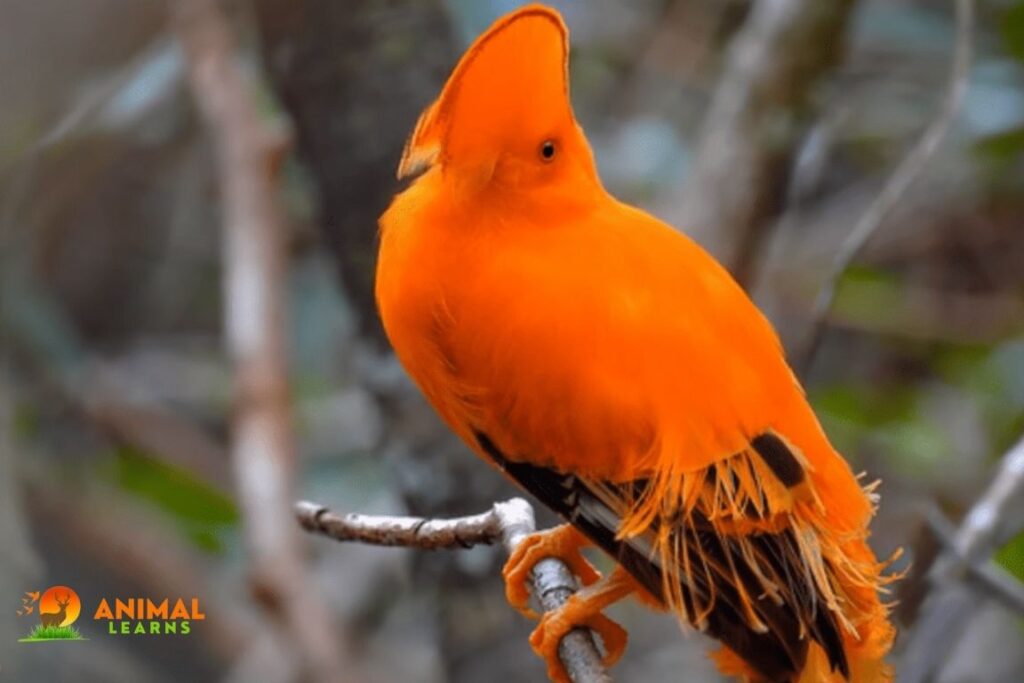
| Information | Details |
| Scientific Name | Rupicola spp. (various species) |
| Size | Medium (about 12-15 inches in length) |
| Weight | 6-8 ounces |
| Color | Vibrant orange plumage, black wings |
| Diet | Omnivorous, feeding on fruits and insects |
| Location | Found in the Andes Mountains of South America |
The Cock-of-the-Rock is a striking and vibrant bird known for its brilliant plumage, making it one of the most captivating orange animals in the avian world.
The Andean cock-of-the-rock, or Rupicola peruvianus as it is technically named, is a famous species of bird that lives in the cloud forests of South America.
This species’ males have striking plumage, which includes vivid orange feathers. Ornithologists and ecologists have worked hard to study this amazing bird species’ courting behavior and conservation needs, making it a symbol for preserving biodiversity and the neotropical avifauna.
The Painted Bat
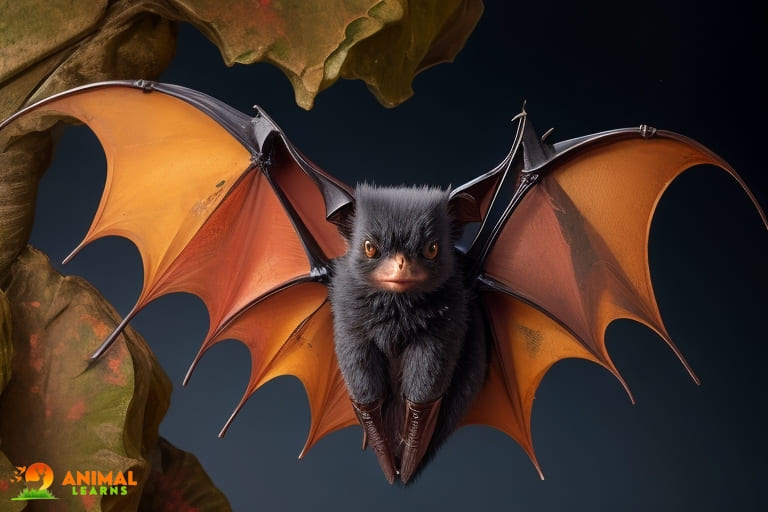
| Information | Details |
| Scientific Name | Kerivoula picta |
| Size | Small (wingspan of about 6-7 inches) |
| Weight | Less than 0.5 ounces |
| Color | Orange-red fur with contrasting black and white |
| Diet | Insectivorous, consuming insects on the wing |
| Location | Southeast Asia and surrounding regions |
The Andean cock-of-the-rock, or Rupicola peruvianus as it is technically named, is a famous species of bird that lives in the cloud forests of South America. This species’ males have striking plumage, which includes vivid orange feathers.
Ornithologists and ecologists have worked hard to study this amazing bird species’ courting behavior and conservation needs, making it a symbol for the preservation of biodiversity and the neotropical avifauna.
The Red Slug
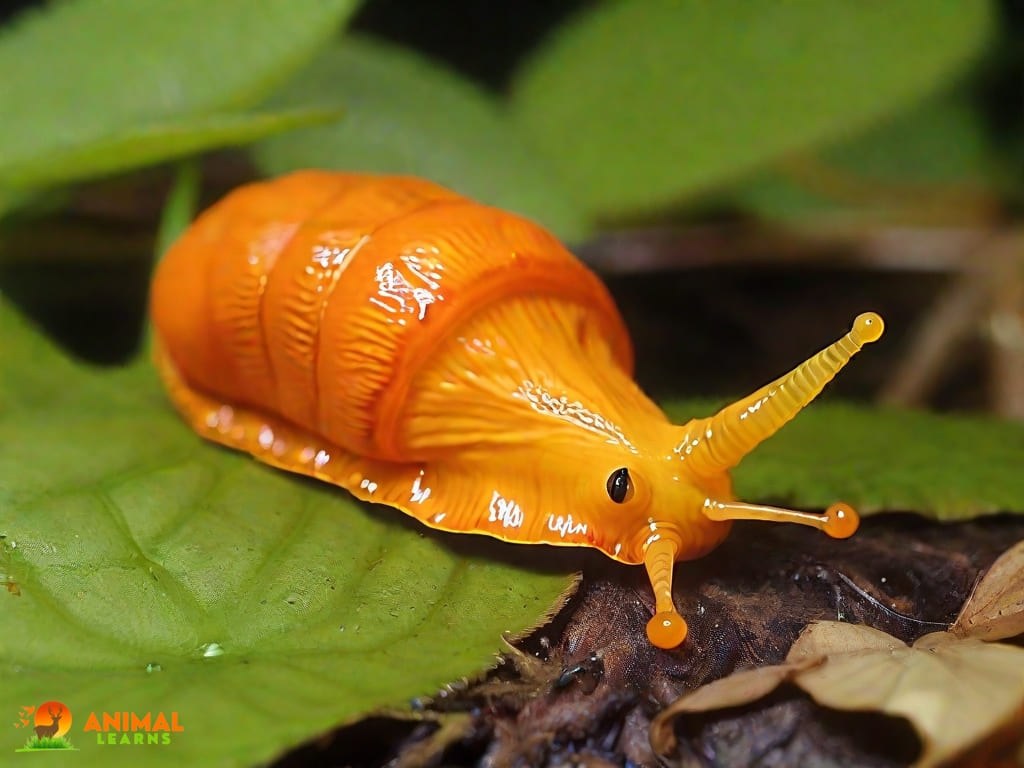
| Information | Details |
| Scientific Name | Arion rufus |
| Size | Medium (typically 3-4 inches in length) |
| Weight | Varies, but usually quite lightweight |
| Color | Reddish-orange with black markings |
| Diet | Herbivorous, feeding on plants and decaying |
| organic matter | |
| Location | Native to Europe, now widely distributed |
A terrestrial gastropod species, the red slug is distinguished by its vivid orange-red color. Despite their frequent disregard, slugs are important ecological issues because they are involved in the nutrient cycle and decomposition.
Comprehending the biology, behavior, and geographic range of the red slug advances both the invertebrate ecology and malacology fields.
Rare Orange Animals in Nature
Rare orange animals that incorporate the striking combination of orange and black in their appearance are true marvels of nature.
From elusive species found in the heart of the jungle to mysterious ocean-dwellers, these animals defy convention with their captivating coloration.
It’s not just the bold contrast of orange and black that makes these creatures stand out; it’s their elusive nature and the enigmatic roles they play in their ecosystems.
Exploring the traits and habitats of these unique animals reveals the intricate tapestry of nature’s design, captivating our curiosity and admiration.
To Read More Articles like Animals With 3 Letters and others Click on Animallearns.com
FAQs
What are some examples of orange animals?
Some examples of orange animals include tigers, orangutans, red pandas, goldfish, and monarch butterflies.
Why are some animals orange in color?
The orange coloration in animals can serve various purposes, including camouflage, communication, and as a warning signal to predators.
Are there any rare orange animals in the wild?
Yes, some rare orange animals include the golden lion tamarin, a critically endangered primate, and the elusive and vibrant red panda.
Do all orange animals have the same shade of orange?
No, the shade of orange in animals can vary widely, from pale orange to deep and vibrant hues, depending on the species.
Are there any orange mammals besides tigers and orangutans?
Yes, there are other orange mammals like foxes, cheetahs, and even domestic cats known as orange tabby cats, among others.


